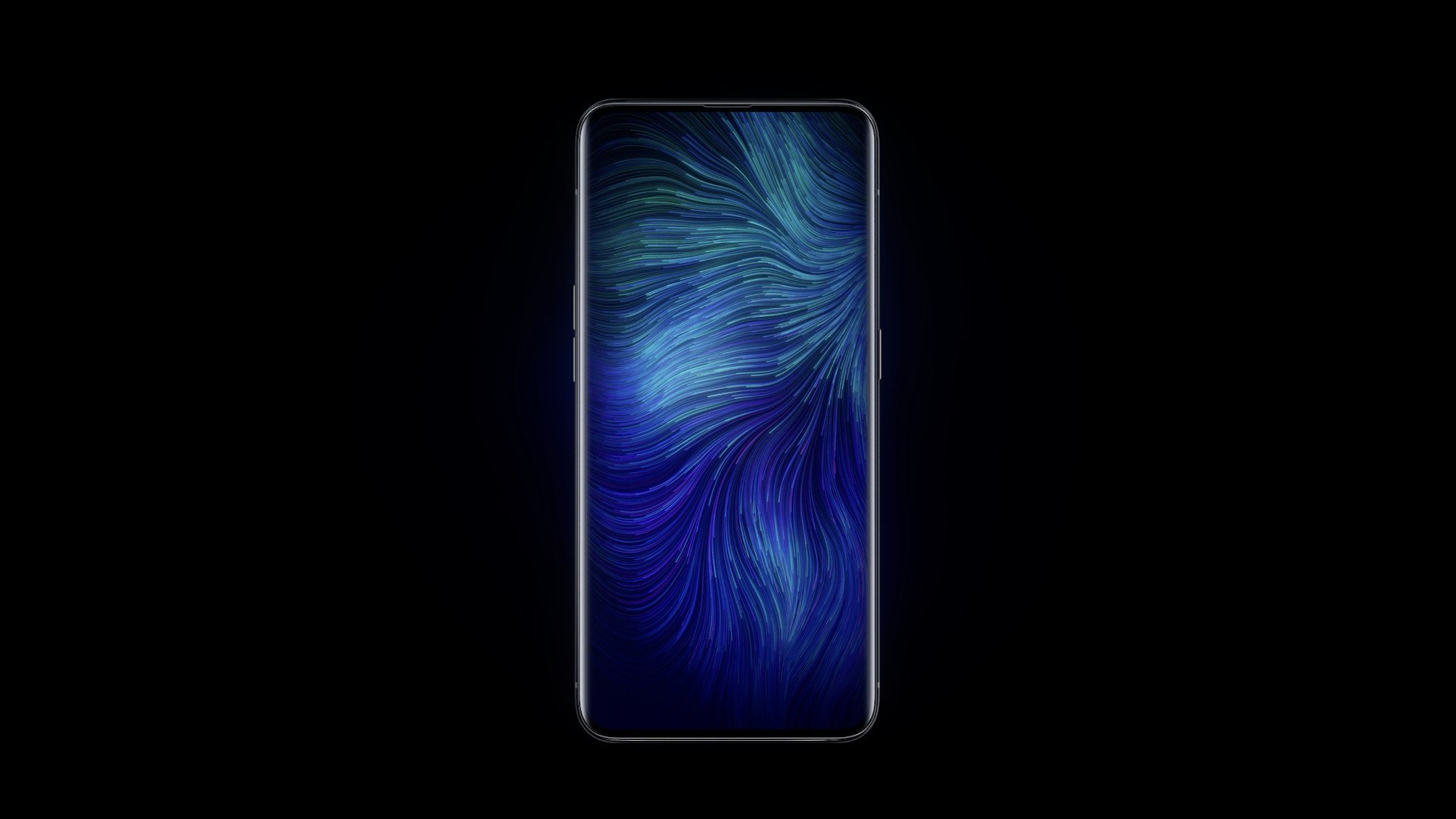© 2000-2023 - Enkey Magazine - All rights reserved
ENKEY SNC - VAT ID IT03202450924 / REA Code CA253701 - Phone. 078162719
Oppo knows it: the selfie‘s camera, the frontal one, is earning ever more importance on the smartphones. Many brands tried to make it more discreet prefering a screen without holes or notch.
For who doesn’t know it the notch is that upper area of the screen where there are: proximity sensors, camera and speaker. It was introduced by Apple to be able to enlarge the screen’s size, without though increase its dimension. Infact with the introduction of the notch it’s possible to avoid the frame where once layed the sensors and the such loved front camera.

Oppo’s announcement
The chinese brand Oppo, controlled by the corporation of Dongguan Bbk Electronics, it’s the same of One Plus and Vivo. It announces right at the Mobile World Congress, the most important fair about the mobile phones in the world, the big new.
It was anticipated by video spreaded on Twitter, and then Oppo finally reveales the mystery on the stage of the chinese edition of the MWC.
The camera integrated in the screen
The camera integreted is perfectly invisible when we use it. Images and videos, like all the functions of the touch, are available like on a normal smartphone.
But when we switch on the Under-Screen Camera (or USC: the name with which this technology has been called) it’s possible to shot perfect pictures.
This thanks to the unique screen, realized with an extremely transparent material to be even touch. Furthermore the camera is made right to collect the light.

Oppo’s competitors
Thanks to Oppo it’s so really possible to have a full-screen display, defeating many competitors that tried to do it in other ways. Like Xiaomi which says to be working on a similiar project, but without realising more details about it.
Or like Samsung that right at the beginning of this year released the Infinity-O. The so loved almost full screen, but with the presence of the camera’s hole.
Of course, with the project Infinity-O, Samsung was able to avoid the notch by substantially improving the design of the smartphones with a relatively reduced price.
While Apple, in the middle of all this flood of news, even in the last models like the I-Phone X proposes always the classic notch.
The full-screen trend
It’s the trend of the smartphones, the one to make larger and cleaner the screen. Already for a while infact it’s been introduced the round frame to improve the visibility and to give emphasis to the screen. Or it’s been worked on the size of holes and notches by making them even smaller and descreet.
Asus instead inteoduced a curious Flip Camera for the ZenFone 6. A camera which appeared from the back of the smartphone by flipping over and that allowed to have a fully free screen.
Or, even, again the Oppo previously made another try by using a unique strategy. In the model Reno, infact, appeared a strange triangular wing on the upper part which contains the camera.
How does the USC work
The USC works with a combination of elements: which are a higher opening of the lens and optimazed algorithms to improve the performances. Obviusly the relegated position of this camera surely penalises the quality.

The software for the management of the camera uses the algorithms of the HDR to better balance the levels of the white and to improve the shots’ quality. This gets it closer to functions like “beauty mode” or preset photo filters.
For the zoom it’s possible to directly act on the screen, while there isn’t any problem for the video calls and the unlock with face recognition.
There are really many expectations about it, even if the first tests of the website Engadget aren’t really enthusiastic. By considering that at the moment there aren’t yet official releasing dates for the big audience, it only remains to wait. Oppo talks about “a next future”, but we will probably have to wait until the 2020.
This post is also available in:
 Italiano
Italiano

